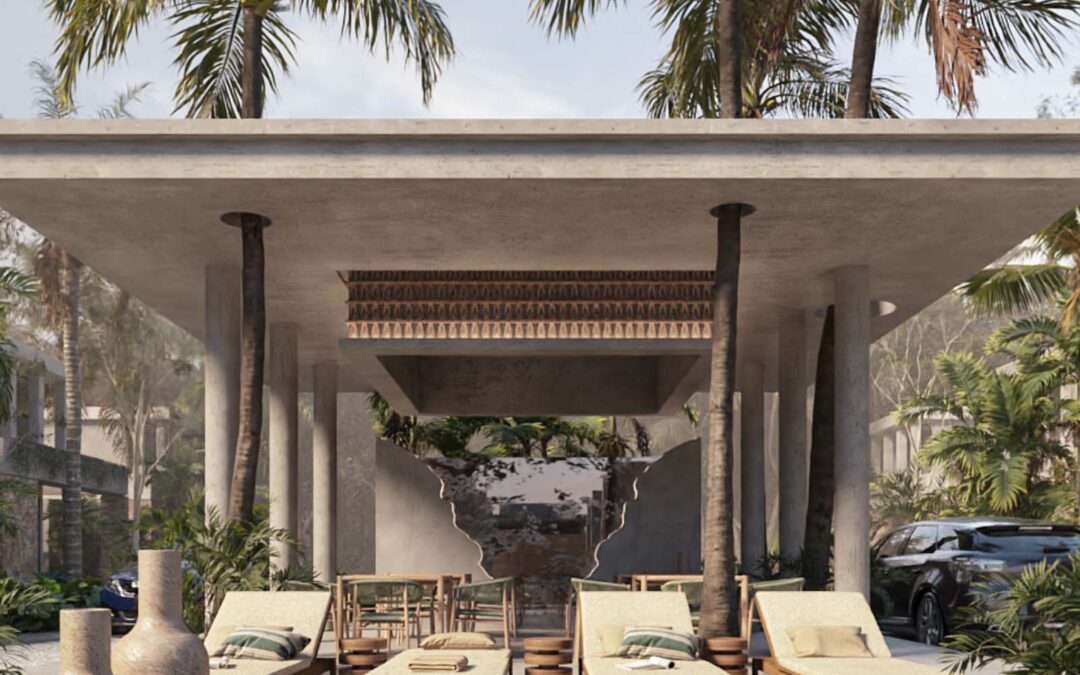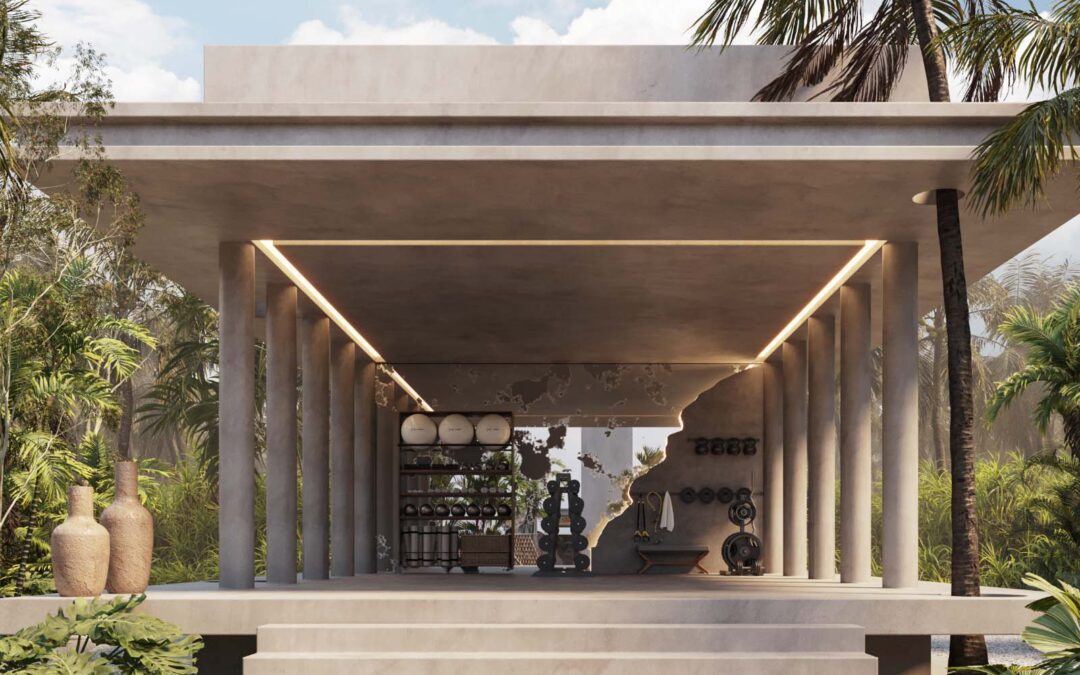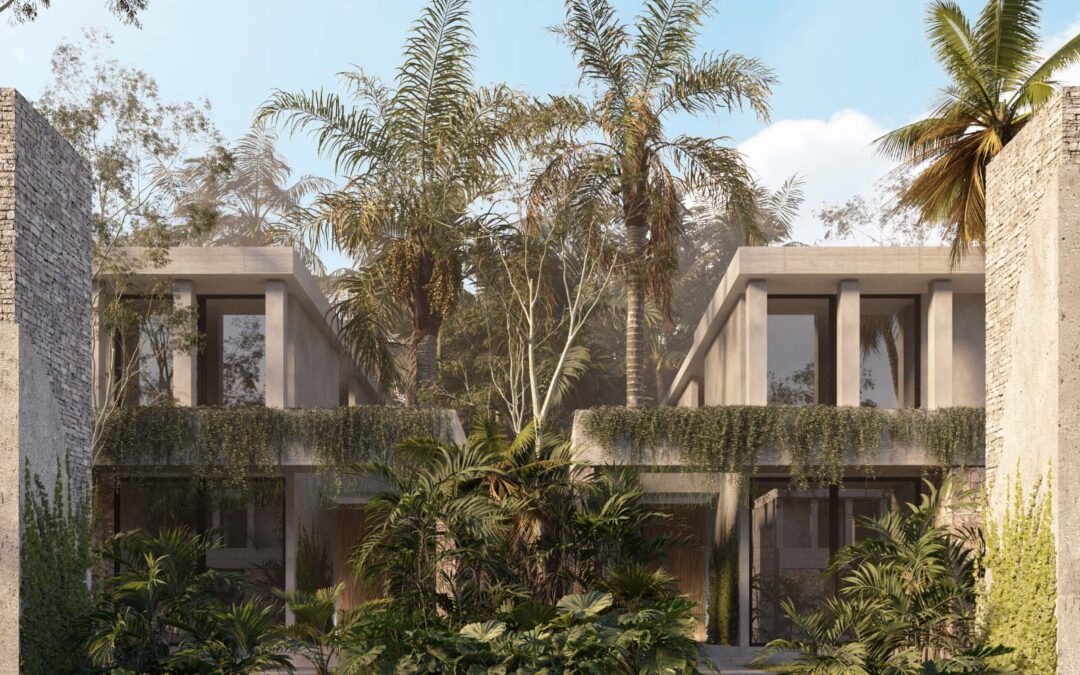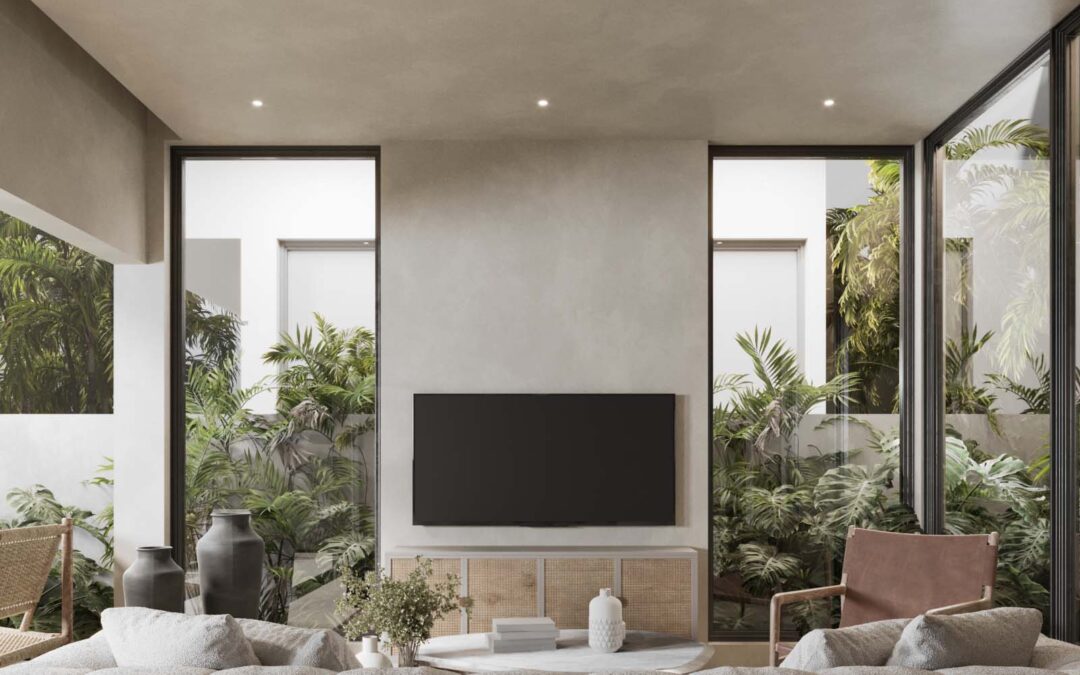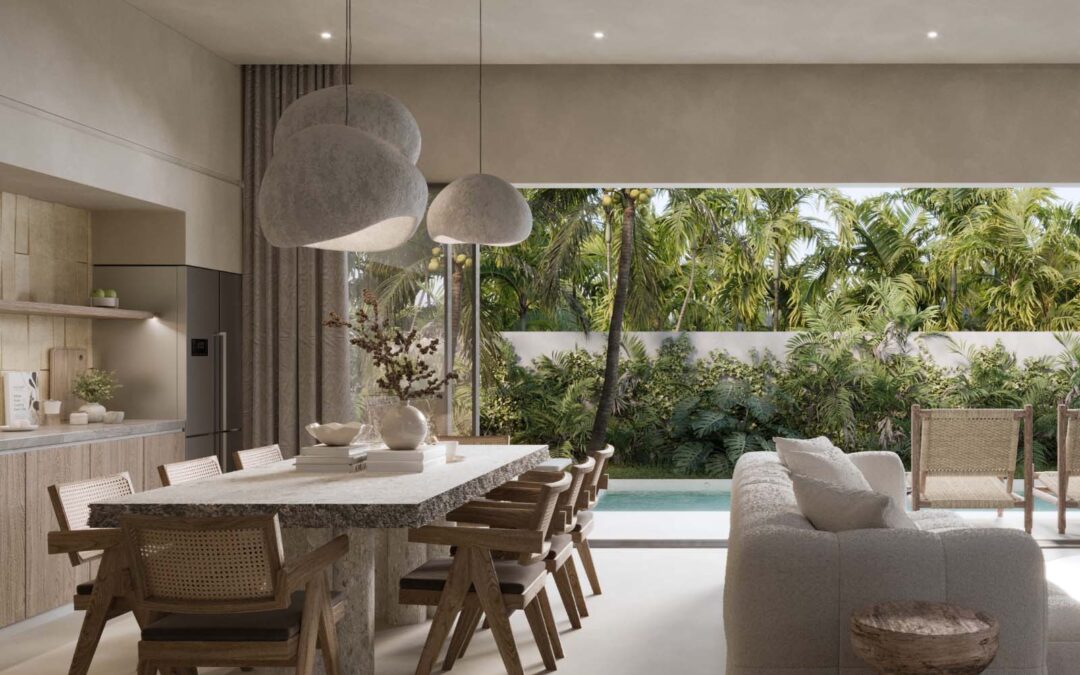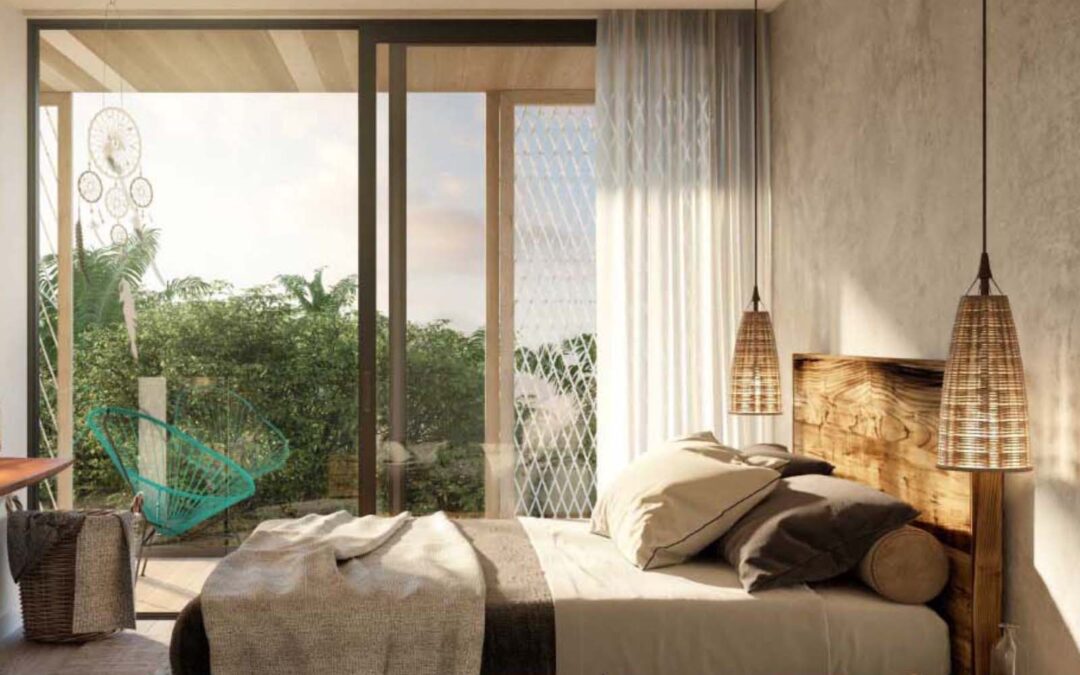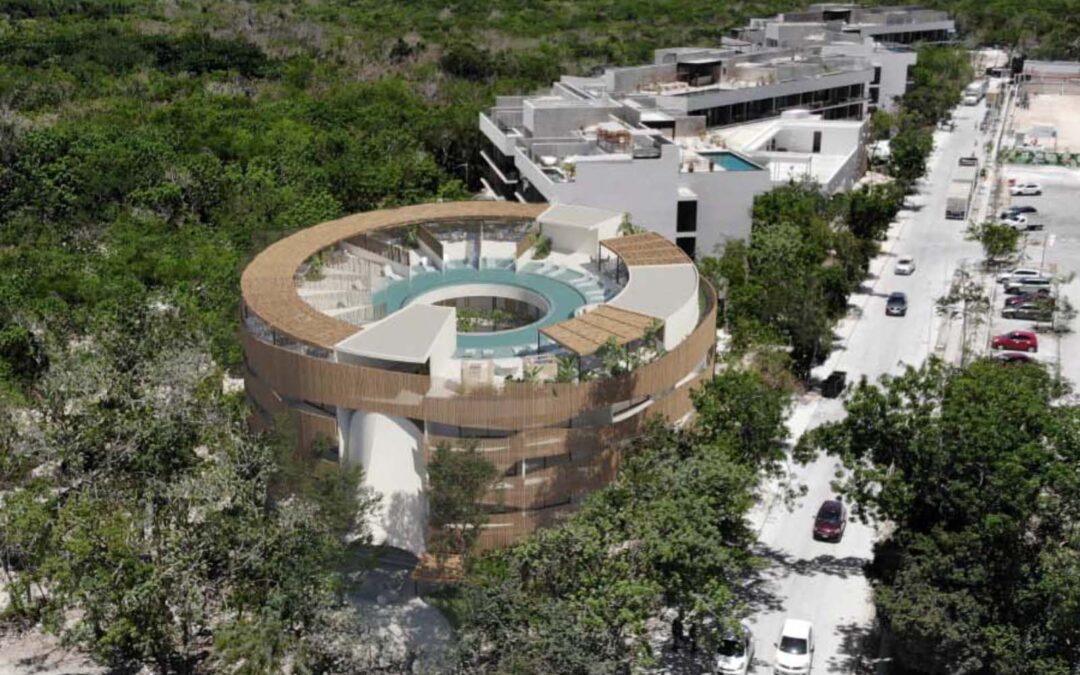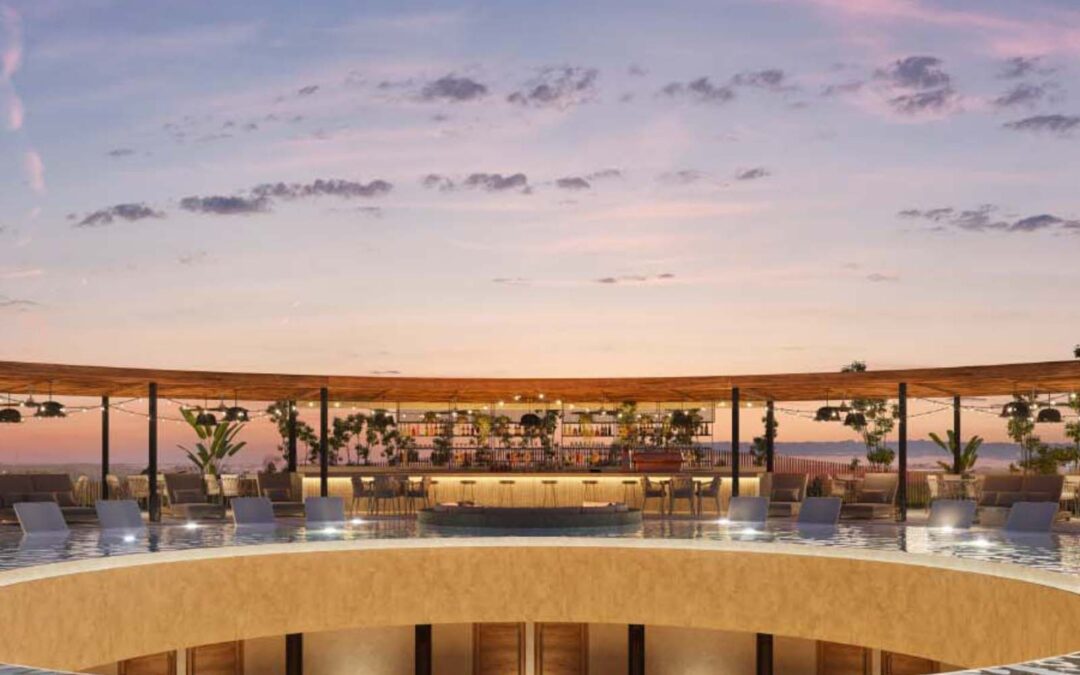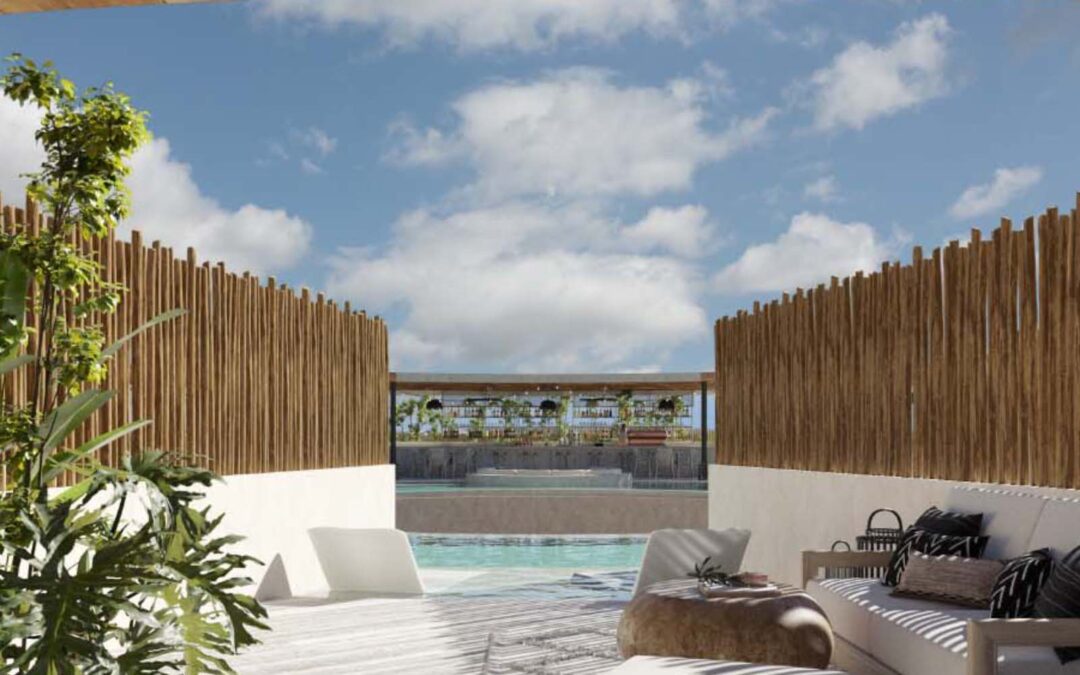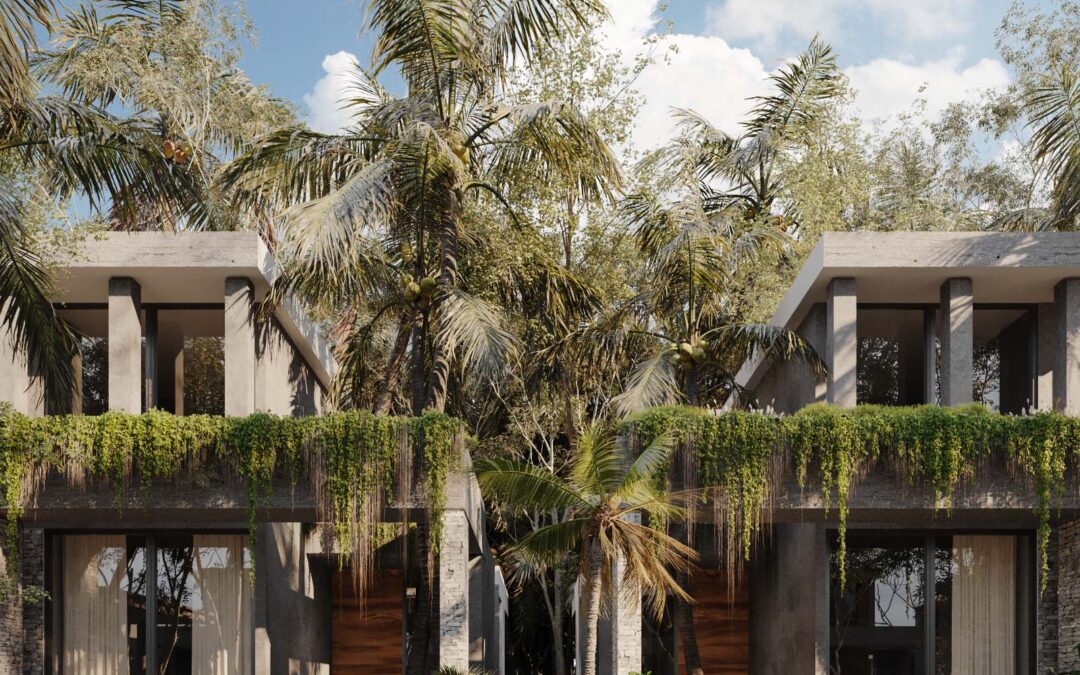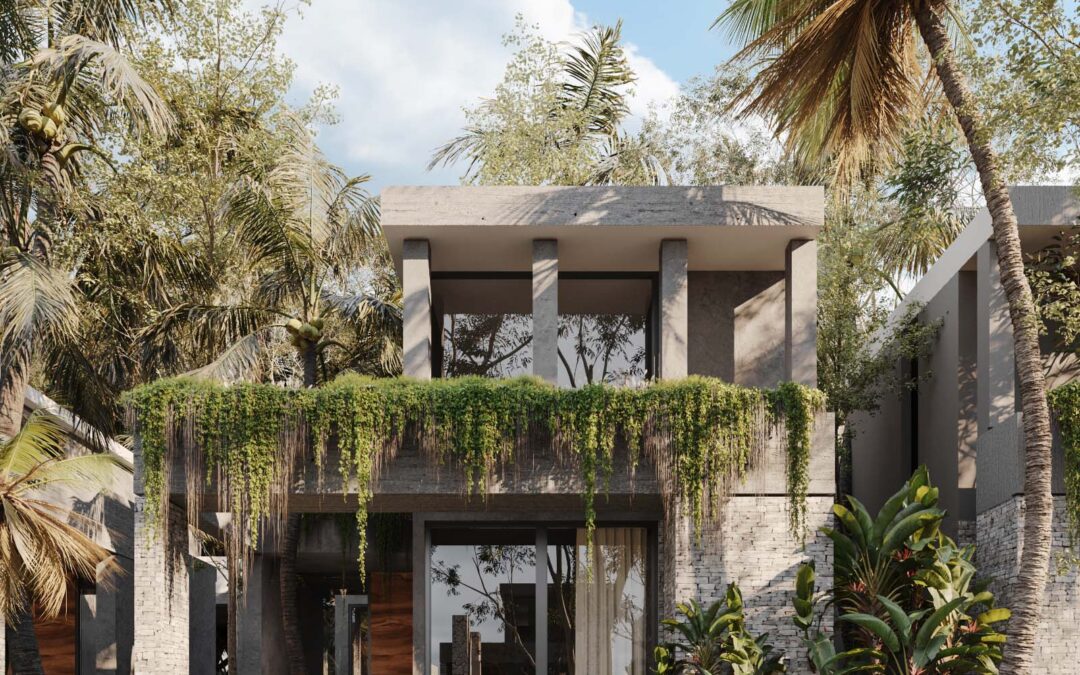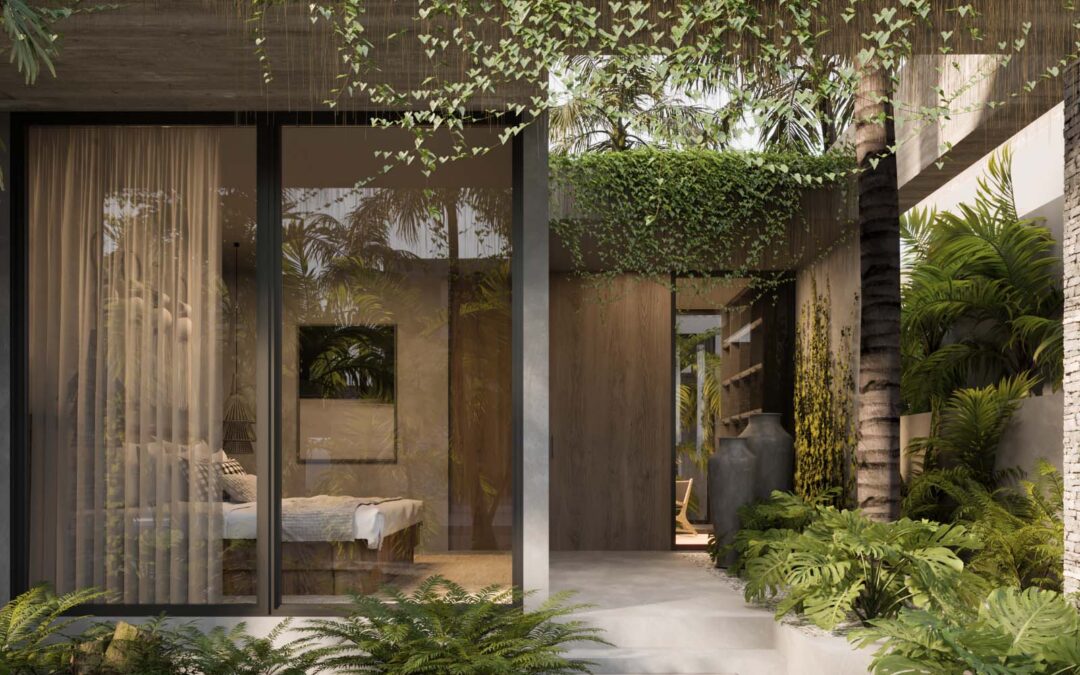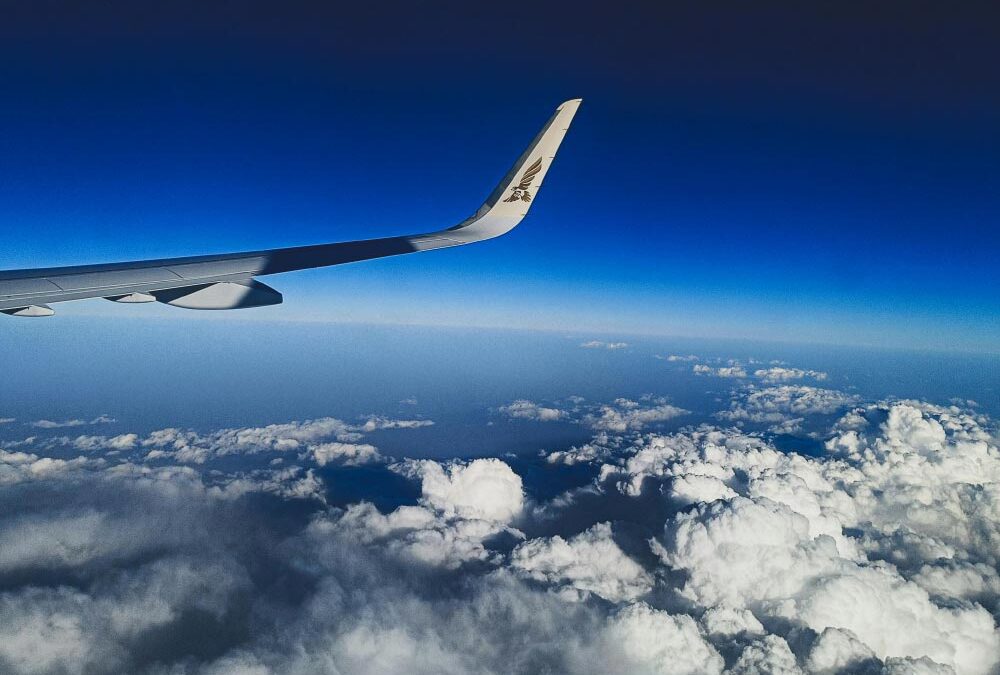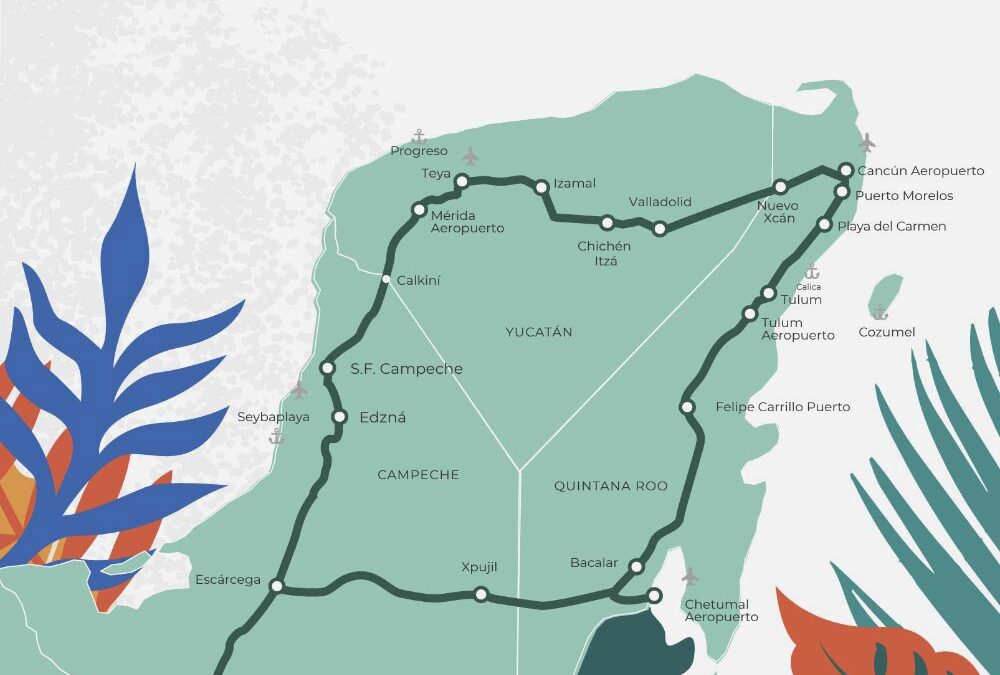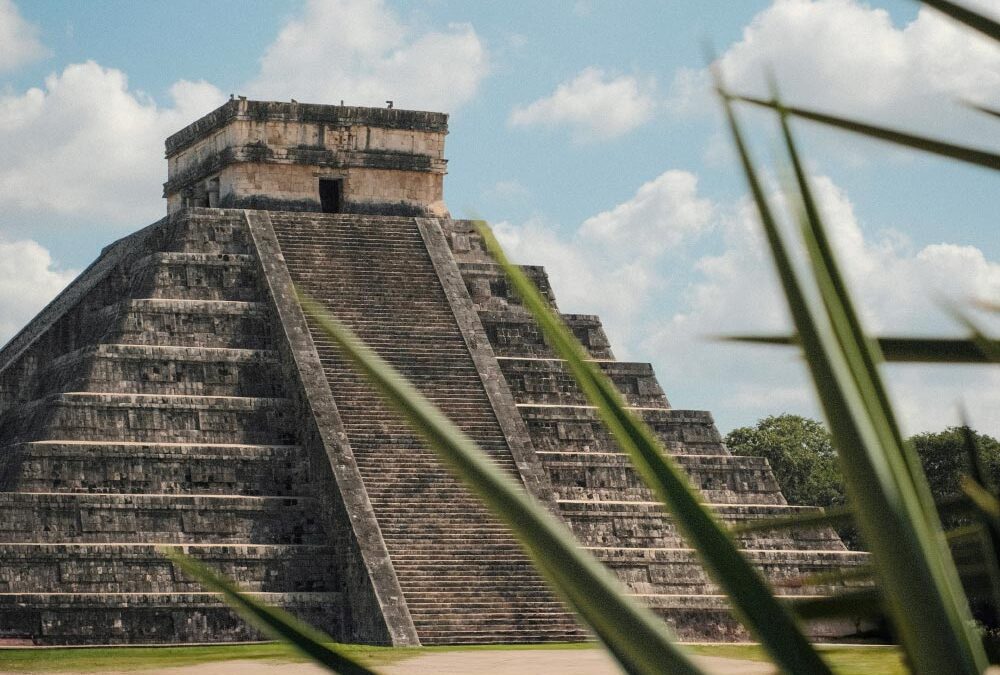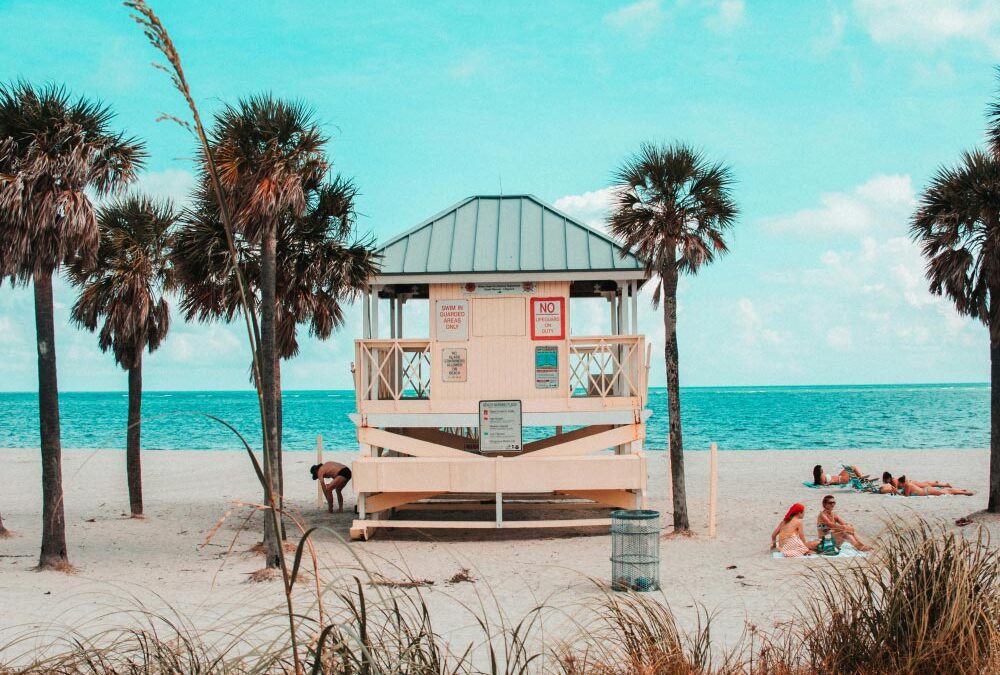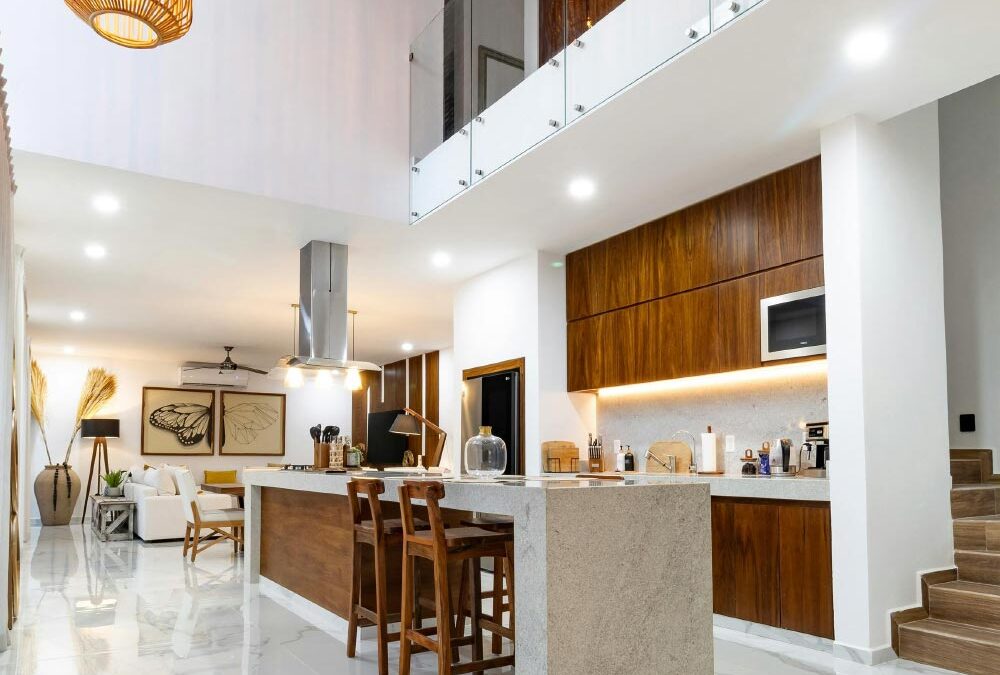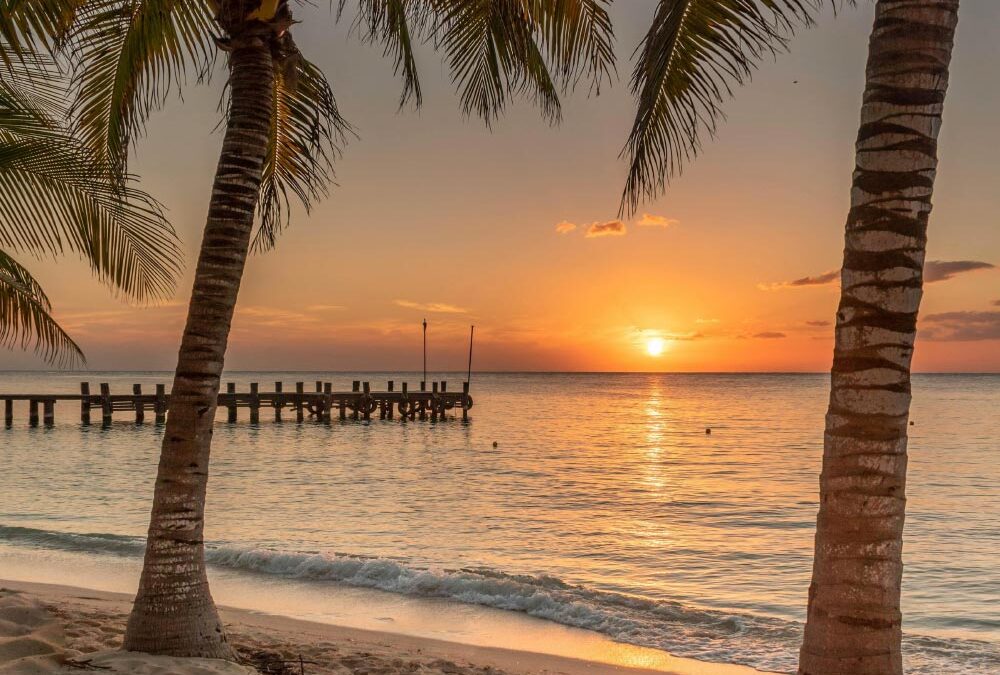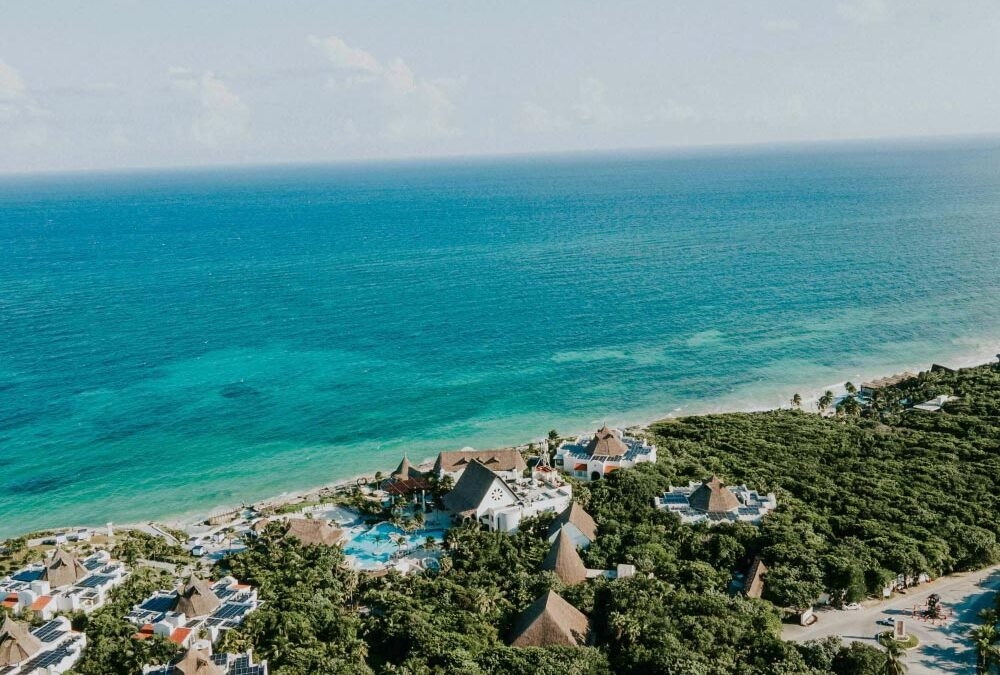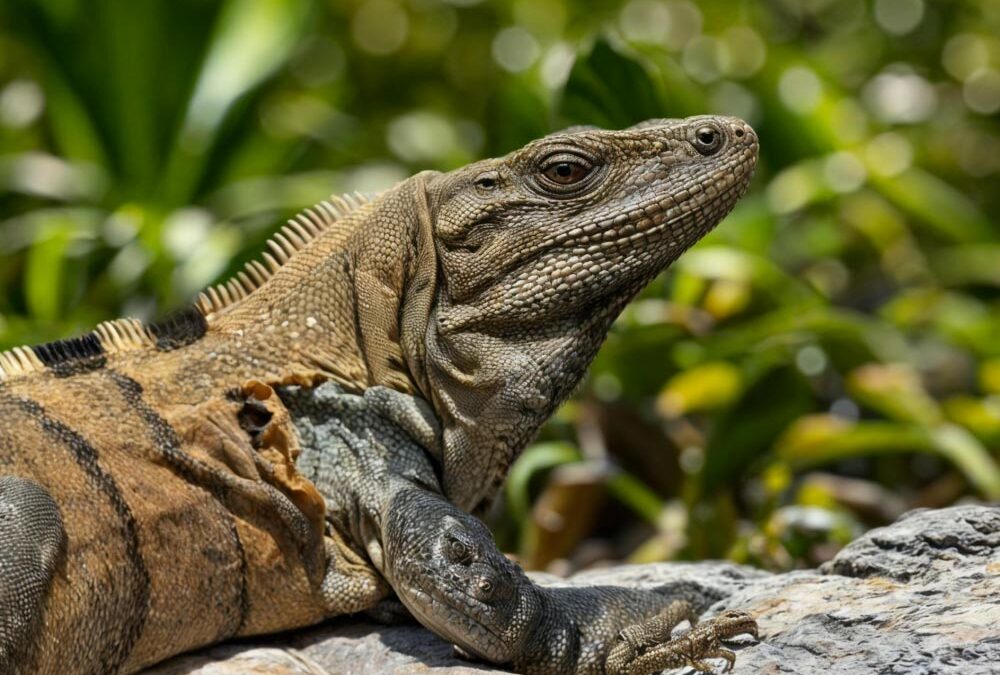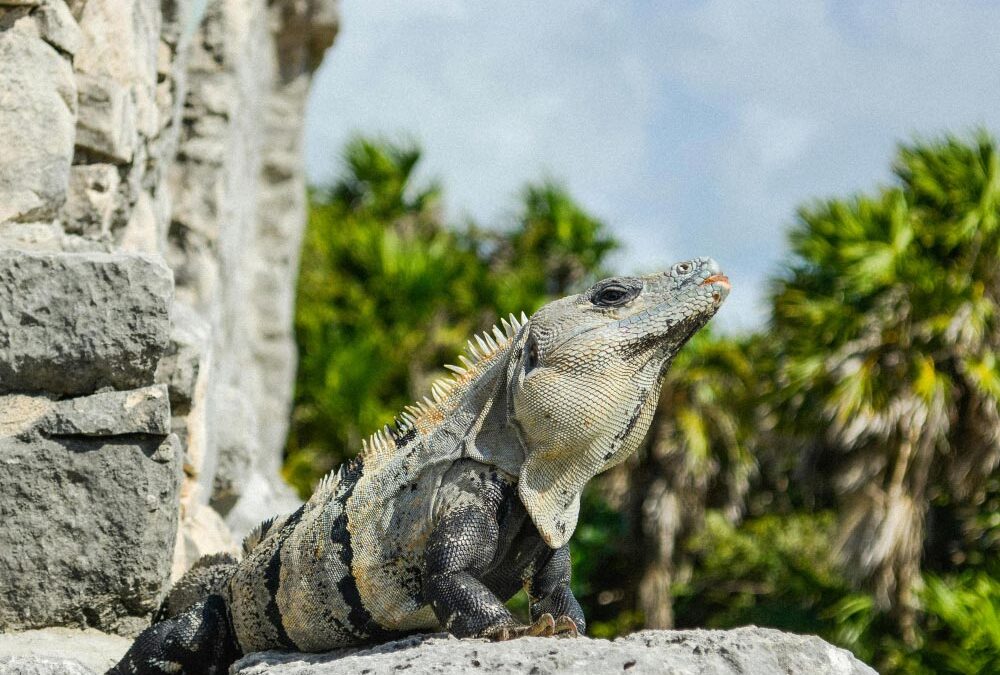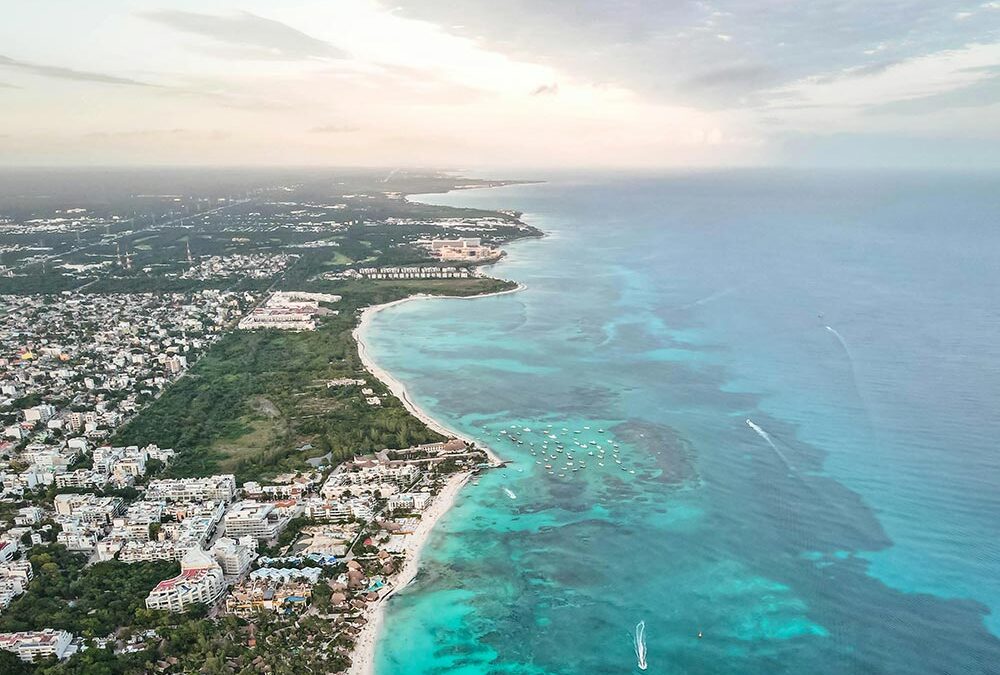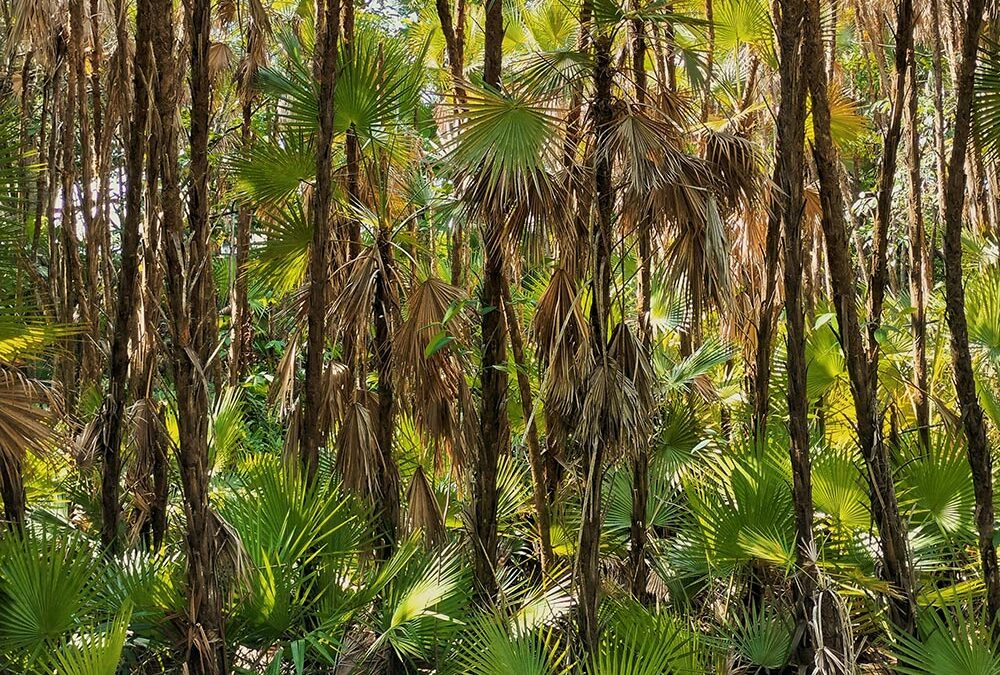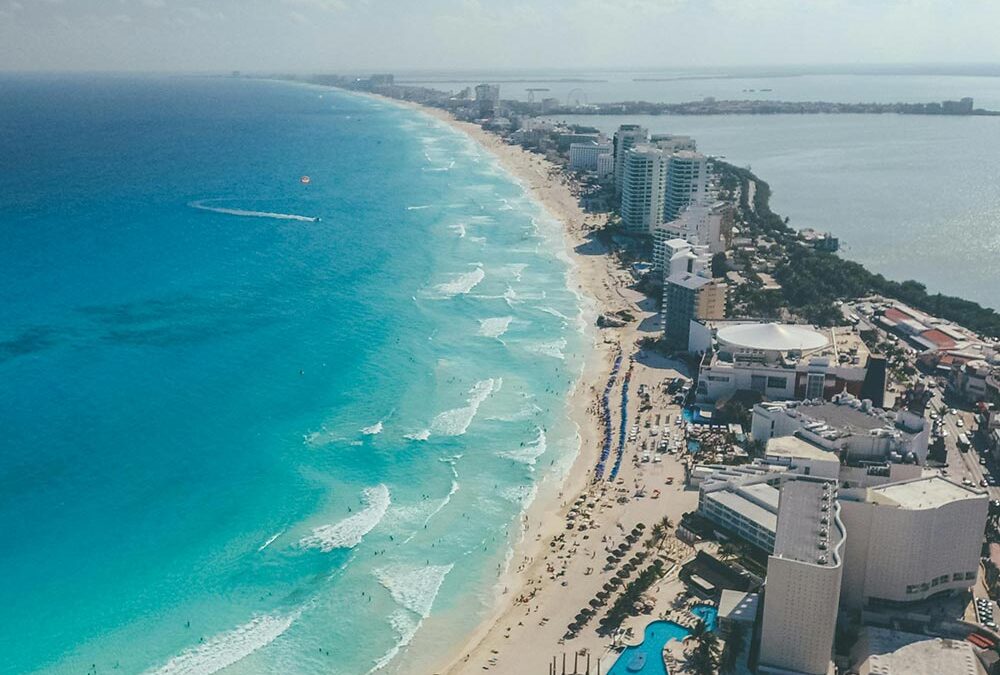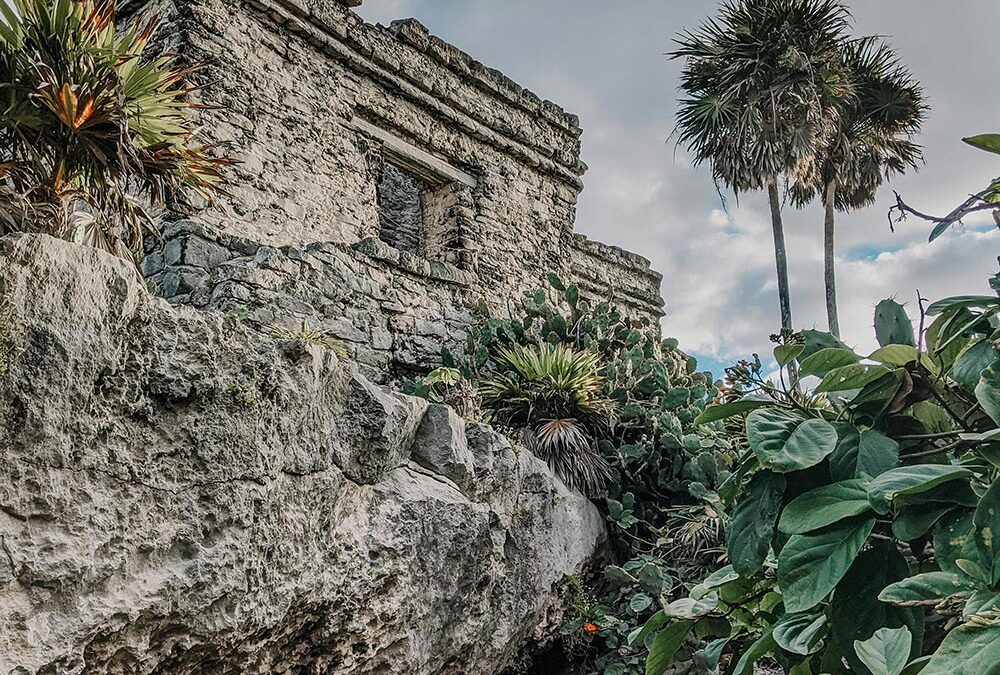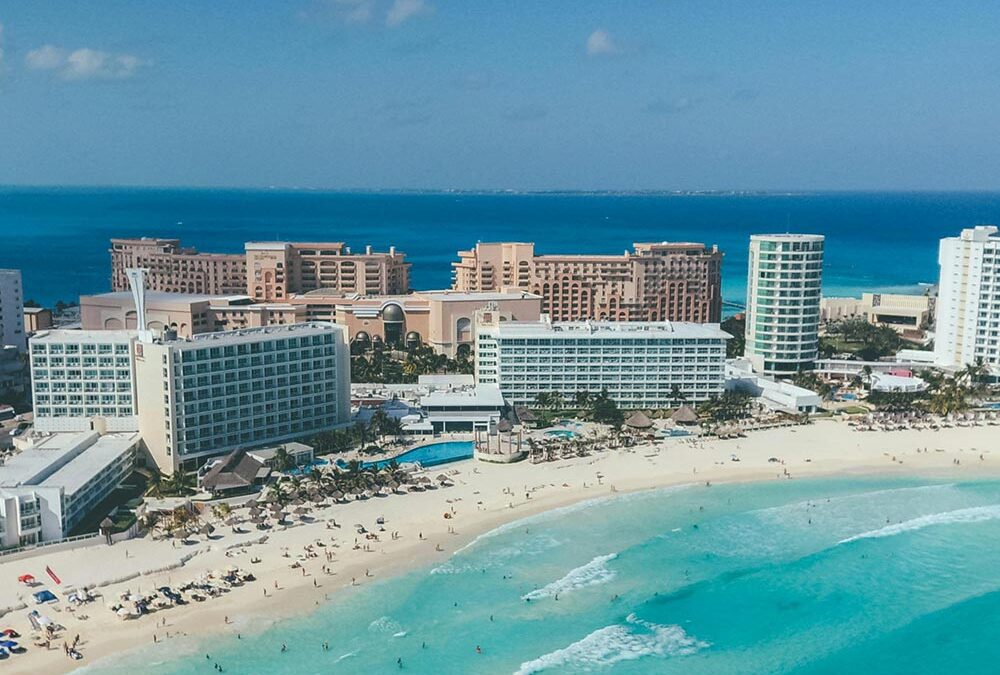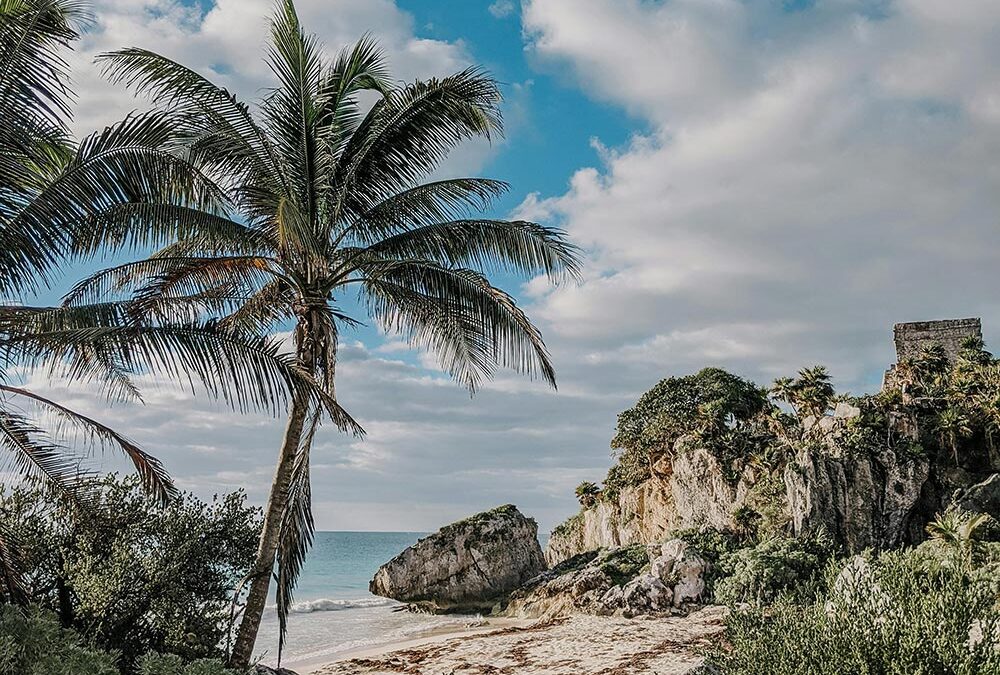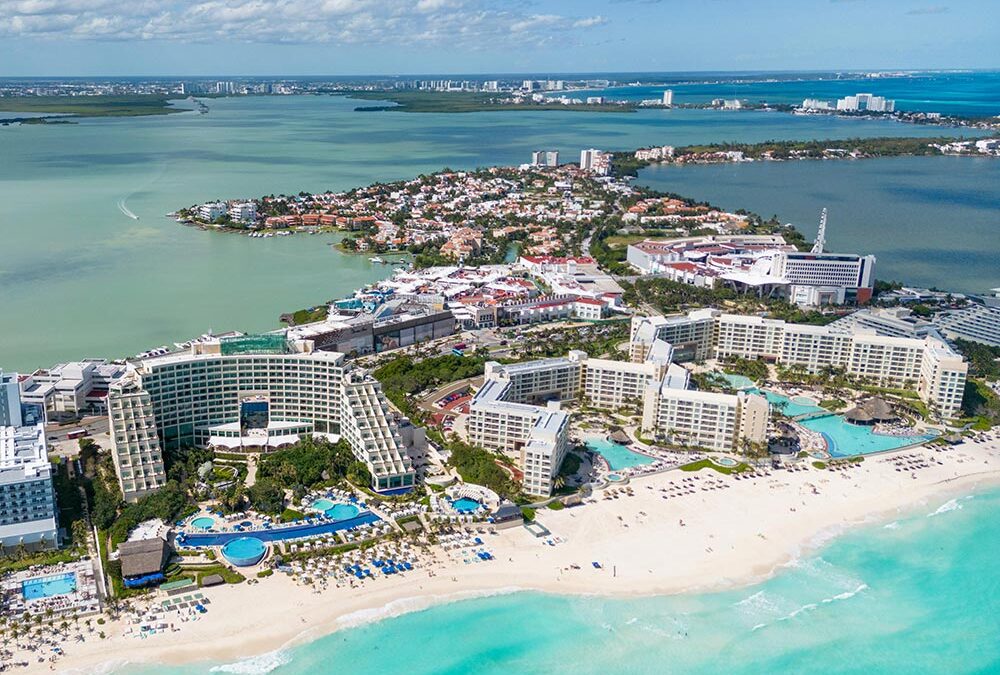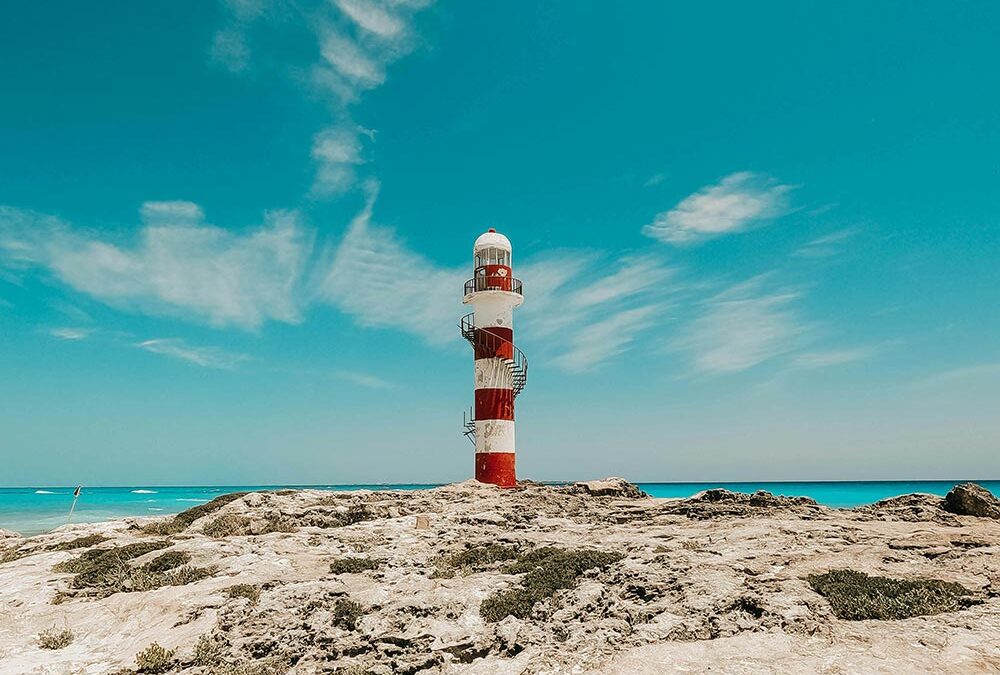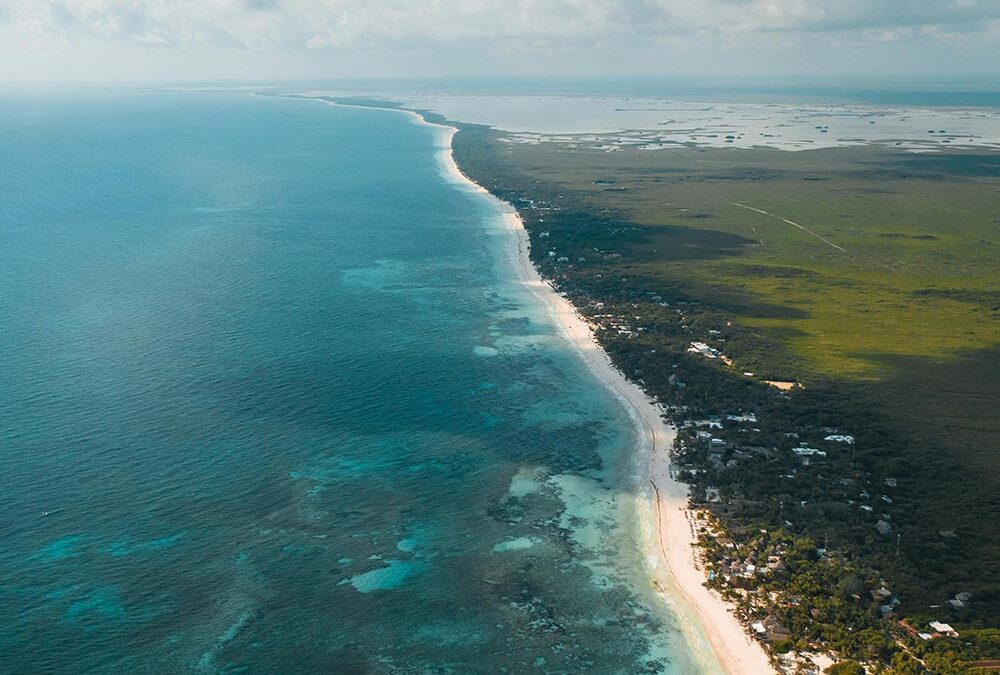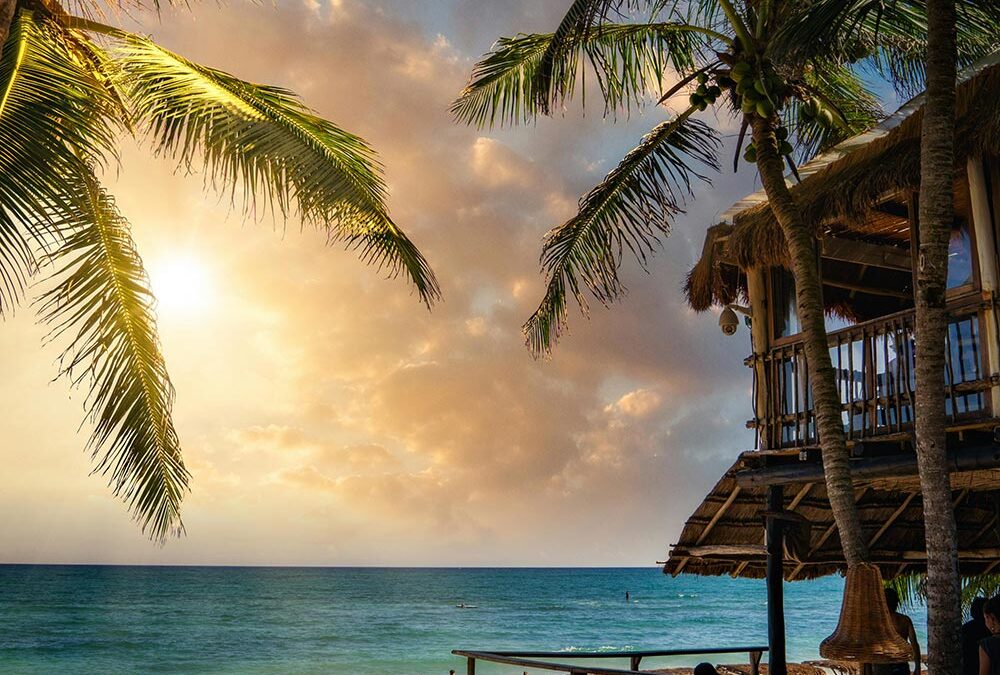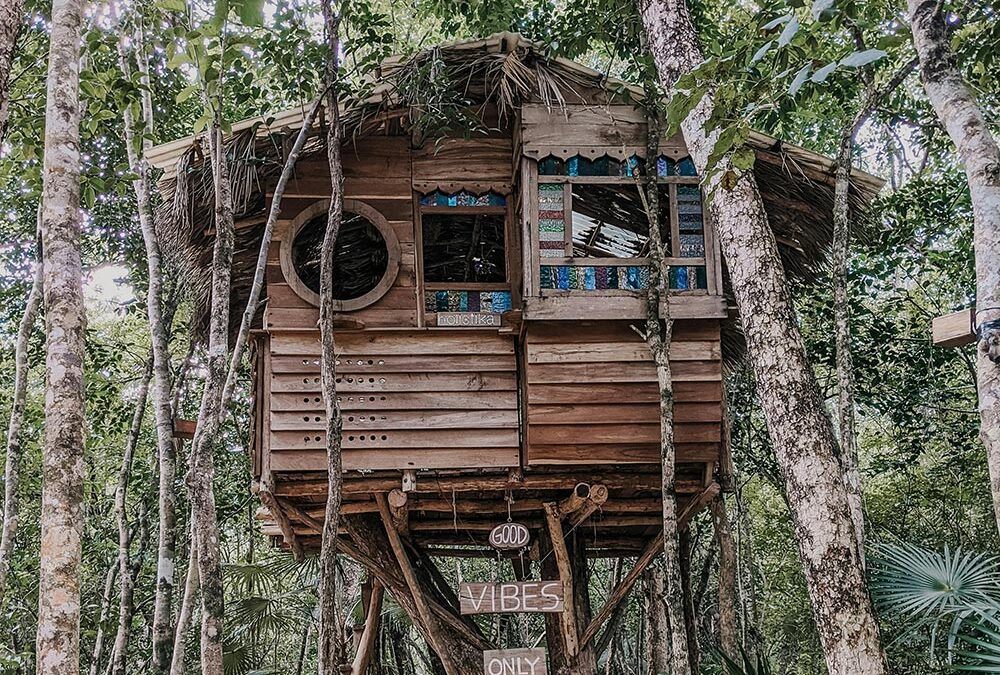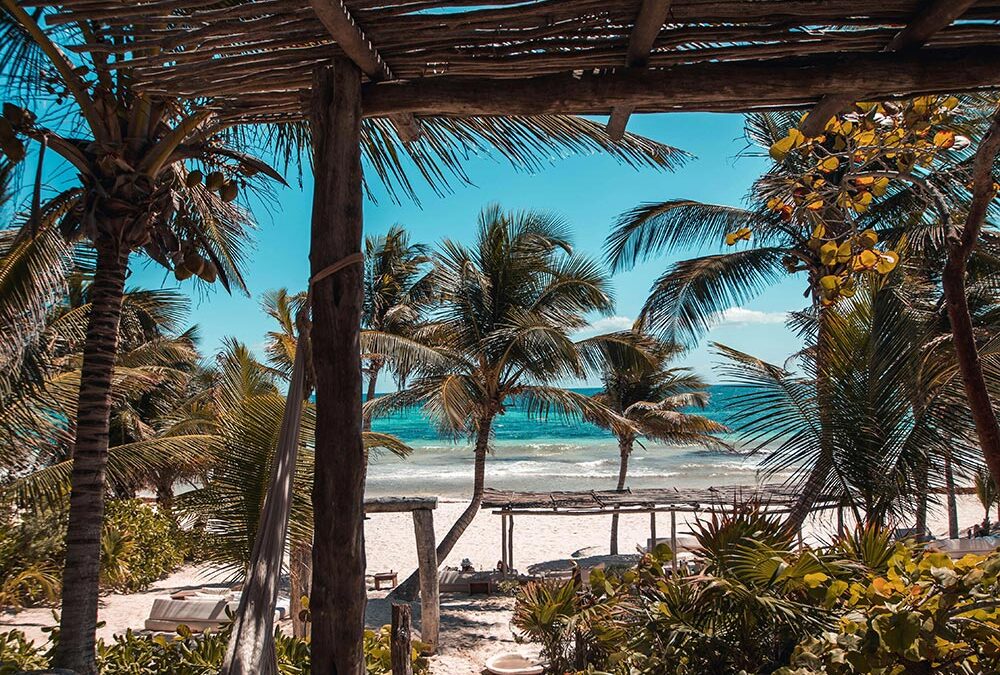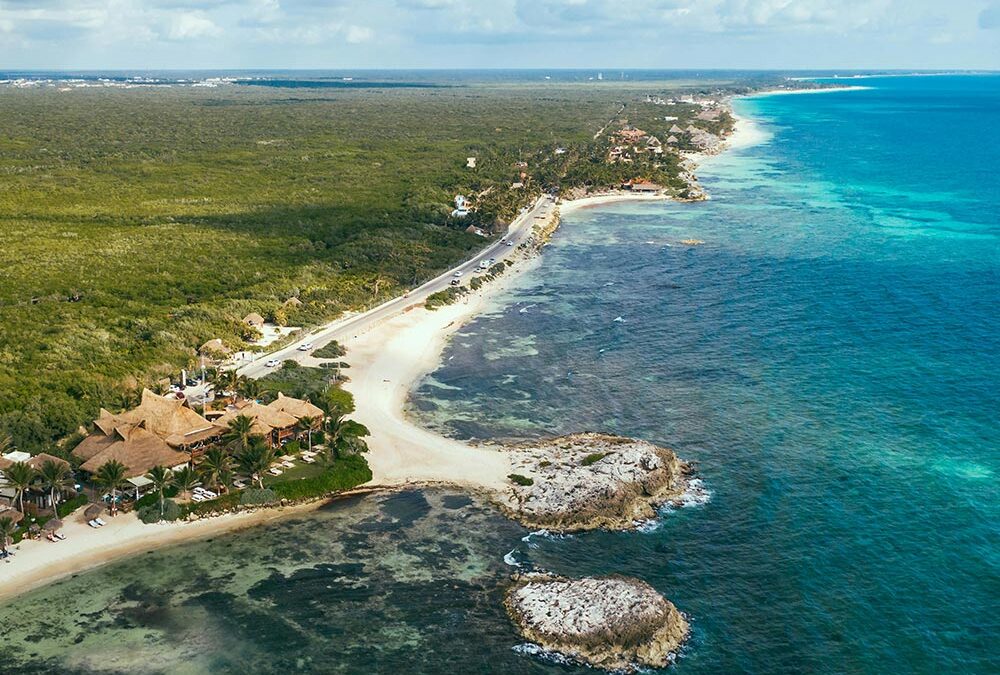The Riviera Maya, stretching along Mexico’s Yucatán Peninsula, is a prime destination for real estate investors seeking high returns and diverse property options. Known for its idyllic beaches, Mayan ruins, and vibrant nightlife, the region continues to thrive as a global tourism hotspot. In recent years, a growing expat community and improved infrastructure have further bolstered the area’s real estate appeal. For 2024, experts predict sustained demand driven by economic stability, a rising middle class, and Mexico’s growing status as a remote work-friendly destination.
Investors are drawn to the region for its affordability compared to other global beachfront markets, favorable legal frameworks, and strong potential for rental income. From eco-conscious developments in Tulum to upscale condominiums in Playa del Carmen, there are opportunities for all types of investors. This guide delves into the latest market trends, investment strategies, and practical tips to ensure success in Riviera Maya’s competitive property market.
Index of Content
- Market Overview and Trends in Riviera Maya Real Estate
- Types of Real Estate Investments in Riviera Maya
- Legal Considerations for Foreign Investors
- Top Locations to Invest in Riviera Maya
- Understanding ROI and Rental Income Potential
- Conclusion
- Case Study: A Successful Riviera Maya Investment
- FAQs
Market Overview and Trends in Riviera Maya Real Estate
Riviera Maya’s Real Estate Landscape
The Riviera Maya real estate market has shown remarkable growth over the past decade, buoyed by a robust tourism sector and government initiatives to attract foreign investment. In 2023, Quintana Roo’s tourism sector generated over $10 billion in revenue, with approximately 70% of visitors spending time in the Riviera Maya. This influx of tourists directly fuels demand for vacation rentals and second homes, particularly in areas close to beaches and entertainment hubs.
The real estate sector also benefits from a diverse buyer pool. Investors include international buyers from the United States, Canada, and Europe, as well as Mexican nationals looking to diversify their portfolios. Additionally, the Mexican government’s ongoing commitment to infrastructure improvements, such as the completion of the Mayan Train in 2024, is expected to connect key Riviera Maya cities, boosting accessibility and property values further.
- Growing buyer interest in off-the-grid, eco-luxury properties tailored to sustainability-conscious travelers.
- Improved transport links, such as new highways and the Mayan Train, increasing accessibility to remote areas.
Current Trends in 2024
In 2024, several notable trends are shaping the Riviera Maya real estate market:
- Eco-Luxury Demand: Tulum remains at the forefront of the eco-luxury trend, with developers focusing on solar energy, water recycling, and minimalist, nature-integrated designs.
- Pre-Construction Growth: With discounts of up to 30% compared to completed units, pre-construction projects attract buyers seeking high appreciation potential.
- Remote Work Influence: The rise of digital nomads has created demand for long-term rentals with high-speed internet, coworking spaces, and tranquil settings.
Types of Real Estate Investments in Riviera Maya
Residential Properties
Residential properties, including condominiums, single-family homes, and luxury villas, dominate the investment landscape. In areas like Playa del Carmen, these properties cater to vacationers and expats alike, with rental yields ranging from 7% to 10%. Investors often target new developments in gated communities, which offer security, amenities, and higher rental appeal.
For larger returns, luxury villas in exclusive areas such as Tulum’s beach zone or Puerto Aventuras are an attractive option. These properties often command nightly rates upwards of $500 during peak tourist seasons, particularly when well-maintained and marketed.
Commercial Properties
Commercial real estate in the Riviera Maya is gaining traction, with retail spaces, coworking hubs, and boutique hotels in high demand. Tourism-focused businesses are a natural fit, and strategic locations near main roads, beaches, or urban centers provide excellent visibility and foot traffic.
Mixed-use developments that combine retail spaces with residential units are also emerging as a preferred choice for investors, offering diversified revenue streams and lower risks compared to standalone investments.
Pre-Construction Investments
Pre-construction properties represent a popular choice for investors due to their affordability and potential for high returns. Projects in Tulum often see 20-30% appreciation by the time of completion. Moreover, developers frequently offer flexible payment plans, allowing investors to spread costs over the construction period.
Buyers should vet developers for reliability and track records to mitigate risks such as construction delays or project cancellations.
- Negotiate guaranteed rental programs often included in pre-construction packages for steady income post-completion.
Legal Considerations for Foreign Investors
The Mexican Trust System (Fideicomiso)
In accordance with Mexican law, foreigners must purchase property within 50 km of the coastline or 100 km of the border through a trust, known as a fideicomiso. This legal framework allows non-Mexican investors to hold property while maintaining the same rights as Mexican citizens.
Setting up a fideicomiso typically involves a one-time setup fee of $2,000-$5,000, with annual maintenance costs ranging from $500 to $700. The bank managing the trust acts as a trustee, ensuring compliance with local regulations while granting full operational control to the property owner.
Key Documentation and Compliance
Foreign investors must ensure proper documentation, including a clear title deed, property appraisal, and zoning verification. Additionally, engaging a bilingual lawyer familiar with Mexican property law is crucial to avoid potential legal pitfalls.
- Ensure properties have no outstanding debts or liens through a formal due diligence process.
Top Locations to Invest in Riviera Maya
Tulum
Tulum is a magnet for eco-conscious investors, offering properties that blend seamlessly with the natural environment. Demand for properties in Tulum’s beach zone often outpaces supply, resulting in steady appreciation. Aldea Zama, Tulum 101, and La Veleta are among the most sought-after neighborhoods, offering modern amenities, prime access to attractions, and eco-friendly designs.
Playa del Carmen
Playa del Carmen combines urban amenities with a beach-town vibe, making it a favorite for expats and digital nomads. Fifth Avenue, the heart of the town, is lined with luxury condos, boutique hotels, and commercial spaces. Properties near the beach or in new developments like Playacar offer a mix of lifestyle and investment benefits.
Puerto Aventuras
This gated community is renowned for its exclusivity and family-friendly atmosphere. Its marina attracts yacht enthusiasts, while golf courses and private beaches appeal to retirees and vacationers seeking tranquility. Property values here are consistently strong due to limited inventory and high demand.
Understanding ROI and Rental Income Potential
Rental Yields
Rental yields vary depending on property type, location, and season. Luxury beachfront villas can earn upwards of $75,000 annually, with average occupancy rates exceeding 80% during peak seasons. Smaller condos in well-trafficked areas like Playa del Carmen can generate $15,000-$25,000 annually with similar occupancy rates.
Capital Appreciation
Properties in growing areas like Tulum and emerging hotspots such as Chemuyil see consistent capital appreciation of 8-12% annually. Strategic investments in pre-construction properties or undervalued locations often yield the highest gains.
- Leverage dual-income strategies by combining long-term rentals during the off-season with short-term rentals during peak periods.
Case Study: A Successful Riviera Maya Investment
Background: In 2020, an investor purchased a beachfront condo in Playa del Carmen for $200,000. The property offered two bedrooms, modern amenities, and proximity to Fifth Avenue.
Approach: The investor marketed the property through Airbnb and partnered with a local property management company to handle bookings and maintenance.
Results: The condo generated $22,000 in rental income annually, achieving a net ROI of 9%. By 2024, the property’s value had increased to $275,000, reflecting strong capital appreciation trends in the area.
Lessons Learned: Prime locations and professional management are key to maximizing returns in Riviera Maya.
Conclusion
The Riviera Maya real estate market in 2024 offers compelling opportunities for both new and seasoned investors. Its combination of strong tourism, expanding infrastructure, and diverse property options make it a resilient market with high ROI potential. By focusing on prime locations, conducting thorough due diligence, and leveraging expert advice, investors can unlock significant value in this thriving region.
FAQs
What is the average cost of real estate in Riviera Maya?
Property prices range from $150,000 for pre-construction condos to over $1 million for luxury beachfront villas, depending on location and amenities.
Can I finance real estate in Riviera Maya?
Yes, financing options are available through Mexican banks and private lenders, but interest rates may be higher for foreigners. Cash purchases are common.
How long does it take to close a real estate transaction?
The process typically takes 30-60 days, depending on the complexity of the transaction and legal requirements.
Are rental properties profitable year-round?
Yes, but peak profitability occurs during the high season from December to April. Adjusting pricing strategies during the off-season helps maintain occupancy.
Is Riviera Maya safe for real estate investment?
Yes, the region is considered safe for investment, with robust legal frameworks and a growing expat community. Conducting due diligence minimizes risks further.

